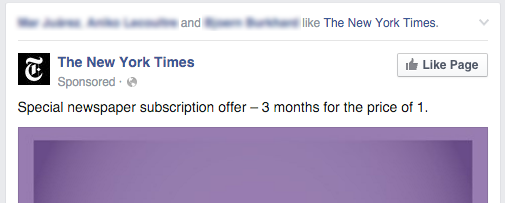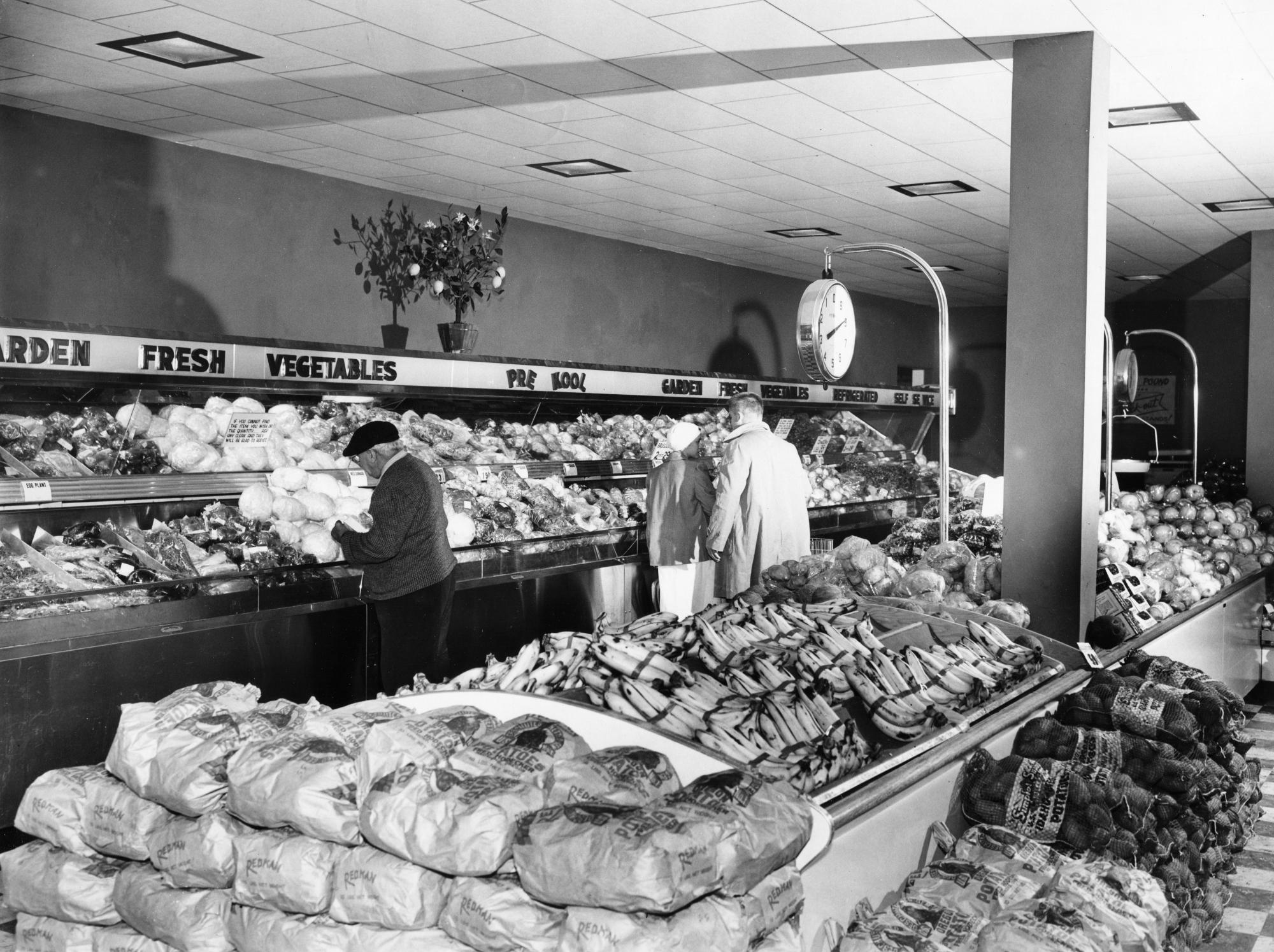Ok, you have spent some money on your website, and now you want people to visit it? Often it doesn’t happen exactly like this. Mostly because your website is lost between over 1 billion of its siblings. But then how can you reach and attract your potential customers?
For this you need to first understand the online customer journey of your potential client and his way down the conversion funnel.
To start, this is a generic, high level customer journey.

Note: You could add several steps in here. I’ve skipped them for more clarity. I think I’ll anyway make a series out this topic, since there is a lot to add to it.
The Online Customer Journey
To illustrate this journey, I’ve taken the example of a brand (Gardenthousiast®) selling garden tools on its online shop. They offer a large variety of products ranging from shovel to lawn mower robots. It’s a fake shop… (you might want to register the name).
Discover: Step #1
The customer (maybe) doesn’t know your brand yet. But he has a problem/need and wants a solution for it. Generally he won’t search specifically for your brand name.
What to do to reach him?
- Display advertising: make sure your product gets shown at the right place (ex: the user watches tutorials on how to plant pumpkins, and advertiser shows him a video of his gardening tools as a 15 sec pre-roll video).
- Social media promotion: Word of mouth and friends recommendations are very important at this step of the process.
- Search engine Optimisation: you want your website to be displayed right on top if the user looks for “garden tools”.
- Non-branded CPC: at this stage people probably won’t search for Gardenthousiast but generic keywords related to their need.
- and of course offline advertising (TV, posters, etc) and public relations.
Compare: Step #2
Once the user knows your product, he starts to compare your product against others. He might start to search for alternative, cheaper one, better ones, local ones. Who knows!
Typically he will asked himself: What are the details of your solution? How does it compare with other solutions? What more does this product offer me?
What to do to convince them?
- Have very clear product, pricing & FAQ pages
- Be present on Meta Search Tools (Price comparing)
- Have good (and enough) reviews of your product on the relevant platform (Google Places, TripAdvisor, Yelp, etc..)
- Branded CPC (Adwords): The user might type “Gardenthousiast alternatives” at this stage. Maybe you can also try competitors keyword bidding… It is also the moment to make sure your Google Listing is optimized.
- Retargeting: It is typically the moment when you don’t want him to forget you. He has already visited your website. Now make sure he comes back.
- Social advertisement: Friends being enthusiasts for a product is a very good indicator. Facebook understood this very well when it shows you sponsored content and the name of two of your friends beside (see below).

Consider: Step #3
The possible customer (lead) is almost convinced but needs the extra push to make the final decision. Typically he will be looking at trials possibilities, in-depth product tour & vouchers.
How to bring him to the next step?
- Financial incentive: Free Trials & vouchers are often used.
- Basket recovery: if the user already did add items into his basket and left, sending him a basket recovery email (maybe with a discount voucher) is a huge incentive.
- Email promotion: I’ve you’ve collect his email in the steps before. It’s a good time to propose free trials and promotions.
Purchase: Step #4
Well down, you’ve convinced him about the capabilities of your product. Now is the time to make sure he can trust you before handing you some money.
How to make sure the customer makes his purchase now?
- Offer a wide variety of payment method relevant to his needs & possibilities.
- Provide Trust: a secure website, money-back guarantee
- Testimonials of happy customers.
Google published an interactive illustration. It describes pretty well which channel is more important at the beginning or the end of your online customer journey. With the data they’ve gathered you can see it differs a lot from the size and the type of the product.
And voilà that’s it for today. I hope you’ve enjoyed this post.


